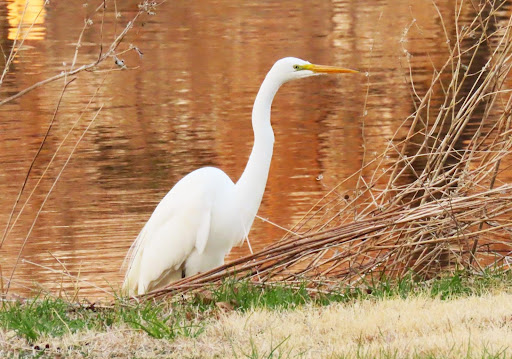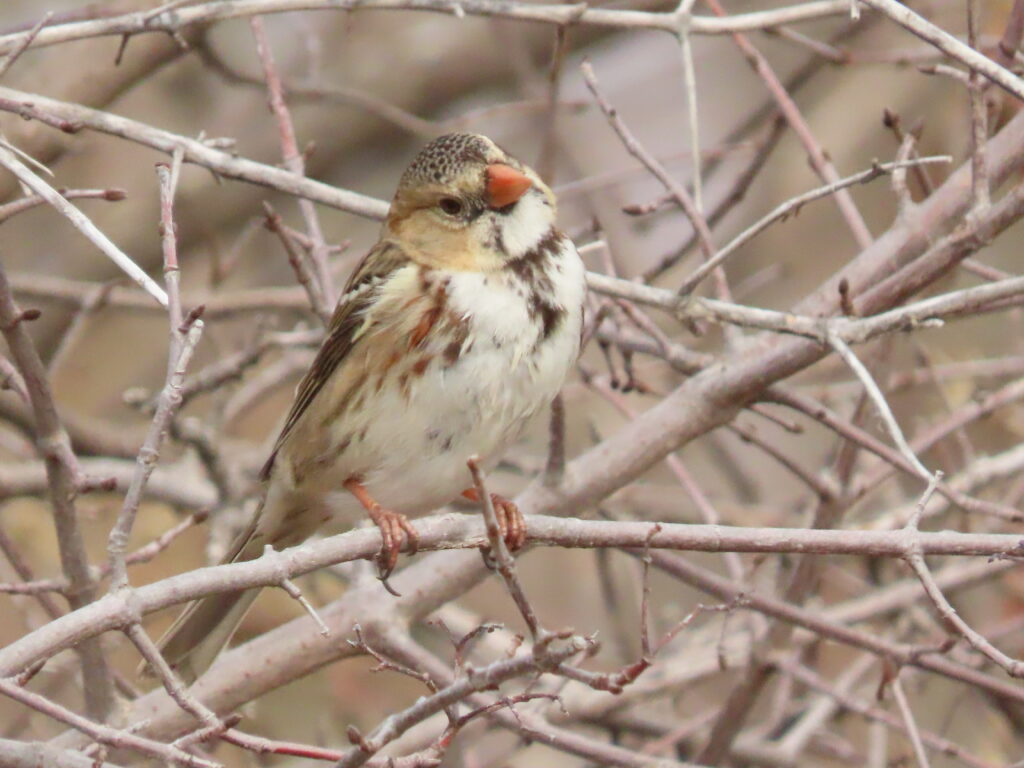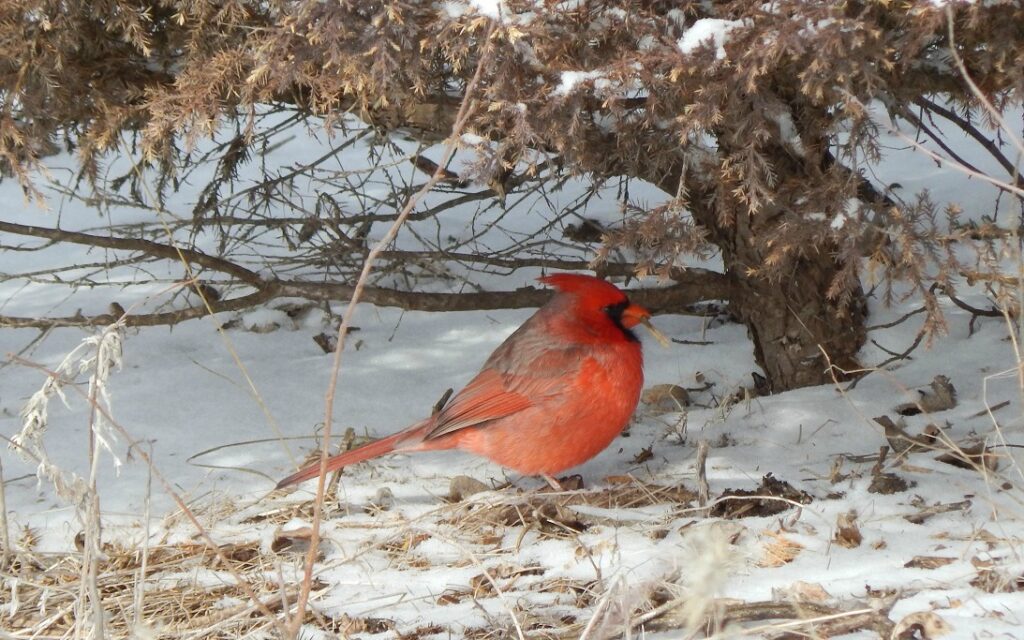In the late 19th century, the rising fashion of feather plumes on hats and an appetite for wild game had taken a steep toll on native bird populations in the United States. By 1900 more than fifty North American bird species were on the brink of extinction, among them the Great Egret.
The Audubon Christmas Bird Count
Alarmed, citizens joined with scientists and lawmakers to take action to protect birds. Among them were Boston socialite Harriet Hemenway, who initiated a boycott of feathered hats, and ornithologist Frank Chapman, who proposed counting birds on Christmas Day. Thus began the Audubon Society’s annual Christmas Bird Count (CBC), marking the beginning of the longest running citizen science project in U.S. history.
From that first count day in 1900, growing numbers across the country joined in. Among them were the Ruth Sisters and Dwight Platt, who initiated the Halstead-Newton (KS) CBC in 1949. Like their counterparts across the continent, local birders have, for the past 75 years, fanned out across local rural and urban landscapes each Christmas season, to count and record birds that are seen and heard. Their reports, combined with CBC reports from across the nation, have contributed to a rich and growing database of information – information that helps us understand the status of North American birds.
Declining Native Bird Populations
Despite century-old laws that protect native birds, in 2019, the first-ever comprehensive assessment of net population changes in the U.S. and Canada showed staggering across-the-board declines. All told, the North American bird population is down by 2.9 billion breeding birds in every biome – that amounts to 1 in 4 birds lost. Grasslands showed the steepest declines of all. Habitat loss is a major reason for these losses in the 20th century.
Making a Difference for Native Birds
Yet, not all the news out of this assessment is dire. Some groups of birds are doing well, and for good reason—governments, societies and citizens have invested in saving them. Wetlands conservation efforts and dedicated conservation funding like the Duck Stamp have paid off with healthy waterfowl populations. Raptors benefited from conservation policies, like Endangered Species legislation and the banning of harmful pesticides such as DDT. The gains among game birds like the Wild Turkey are due to dedicated conservation funding and efforts of hunting groups. People can bring back our birds!
Want to know how YOU can help save native birds? Here are seven simple steps!
- Make windows safer, night and day. Up to a billion birds die each year colliding into windows. Screens, lines, or films break reflectivity during the day, and turning off lights at night during migration prevents birds from getting disoriented.
- Keep cats indoors and work to reduce feral cat populations. Up to 2.6 billion birds are killed annually by cats, the #1 human-caused reason for loss of birds aside from habitat loss.
- Reduce lawn and plant natives. Replacing 40 million acres of lawn in the U.S. with native plants offers huge opportunities to provide food, shelter and nesting areas that sustain birds.
- Avoid Pesticides. Pesticides can be toxic to birds directly, or contaminate the seeds and insects they eat. Good for you and the birds!
- Drink coffee that is good for the birds. Shade-grown coffee preserves forest canopy in tropical and subtropical regions of the world where migratory birds like orioles survive in winter.
- Protect our planet from plastic. Waste plastic pollutes our oceans, harming sea-going birds. By reducing use of plastics, avoiding single-use plastics, and recycling, you are protecting our birds.
- Become a community scientist! Watch birds and share what you see. Hundreds of thousands of people are reporting what they are seeing in backyards, neighborhoods, and natural places around the world. Join a project such as eBird, Project FeederWatch, Christmas Bird Count, or the Breeding Bird Survey. Your contributions will provide valuable information to show where birds are thriving—and where they need our help.
Have a happy holiday season with the birds! And be sure to visit the Kauffman Museum’s special travelling exhibit A Day with the Birds: Community Science and the Audubon Christmas Bird Count, on display January through August 2024.
Reference: https://www.birds.cornell.edu/home/bring-birds-back/



